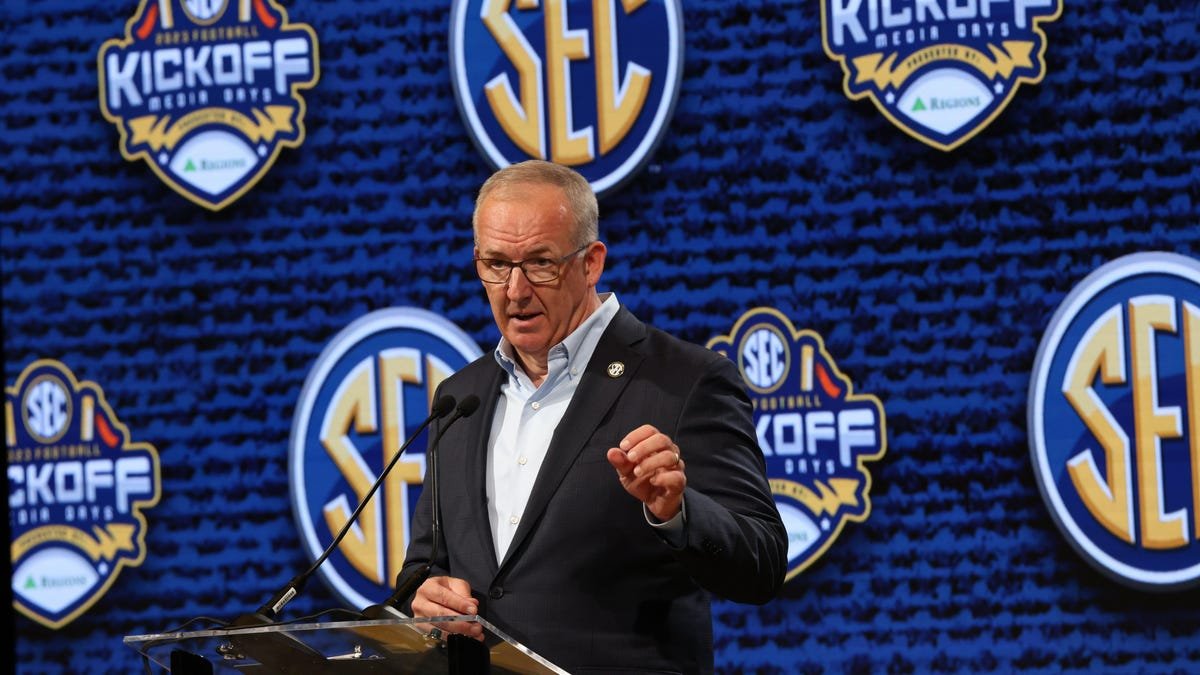The Cotton Bowl: A Slap Fight of Punts and Disinterest
The Cotton Bowl, which took place recently, felt like a watershed moment for anyone watching, or even casually following along on gamecast. However, for those who were hoping for an exciting matchup, the game turned out to be quite underwhelming. With a total of 16 punts, it was a slap fight rather than a display of skill and strategy.
Missouri managed to give their fans some relief by scoring a touchdown at the start of the fourth quarter. They went on to add another score, securing a 14-3 win over Ohio State. And that’s pretty much all the recap needed. Missouri outlasted a team that was already on its third quarterback, and without its Heisman finalist.
Ohio State, who entered the game with plans to see what their backup quarterback, Devin Brown, could do, lost him to an ankle sprain in the first quarter. This forced them to bring in freshman Lincoln Kienholz as the next man up. Additionally, Marvin Harrison Jr., one of their key players, announced that he would sit out the game, presumably to protect his draft stock.
Perhaps the lackluster performance from both teams can be attributed to various factors. It’s possible that the Buckeyes’ disinterest was due to not making the College Football Playoff, or maybe it was because they fielded a roster that seemed like a zombie team for a New Year’s six game. This lack of enthusiasm was evident in the attendance as well. Buckeye fans only bought less than two-thirds of their 12,000-seat allotment, despite the Cotton Bowl being held at Jerry’s World in Arlington, which has a capacity of 80,000, with standing room for as many as 105,000.
It’s becoming clear that non-playoff programs may face similar apathy going forward. While the College Football Playoff games are heavily watched and attended by the twelve schools that make it, the same cannot be said for the other 74 universities participating in various bowl games. The purpose of bowl season is primarily driven by money, which is why mid- and low-tier bowl games fight over the most popular teams. Teams like Tulane and SMU, who had impressive regular seasons, were rewarded with trips to the Military and Wasabi Fenway bowls, respectively. However, even these teams faced losses to weaker ACC schools. This raises concerns about fan travel and viewership.
The success-starved Tiger fans may have saved the sponsors’ nuts, but relying on the postgame celebration to motivate fans to watch the actual game is not a reliable business model for superfluous bowls. It’s essential to offer a more engaging experience for fans to ensure sustained interest in these games.
One notable absence from the Cotton Bowl was Marvin Harrison Jr., a first-round receiver who decided not to risk injury or return for his senior season. The uncertainty surrounding his participation may have been intentional to attract Buckeye fans to Dallas.
While it’s important to remember that not all players will make it to the next level and should be able to enjoy the bowl experience, the Cotton Bowl was a clear example of a lackluster game. With a total of 12 punts in just one half and seven three-and-outs, it was far from an exciting display of football. The Tigers and Buckeyes combined for a mere 533 yards of total offense, a disappointing statistic considering Missouri surpassed the 500-yard mark five times this season, and Ohio State managed it only twice.
The Cotton Bowl served as a reminder that some bowl games may not live up to fans’ expectations. With the focus primarily on revenue, it is crucial for organizers to find ways to make these games more engaging and appealing to both fans and viewers. Otherwise, they risk losing interest from both the teams and the spectators.





